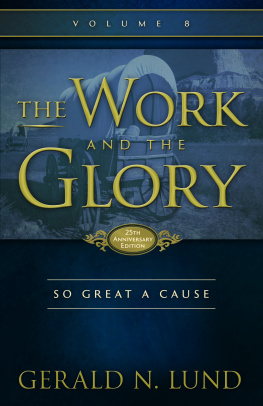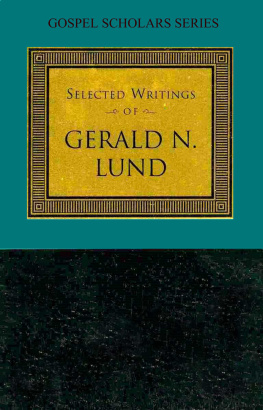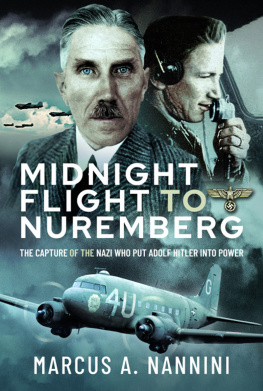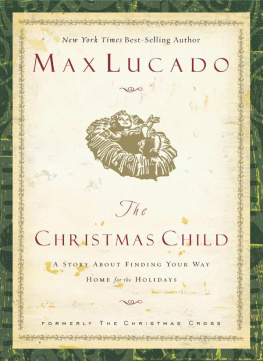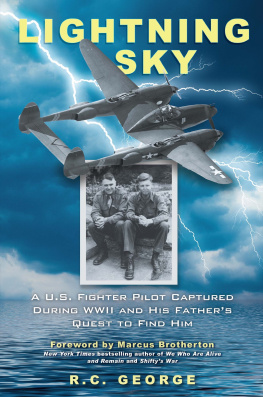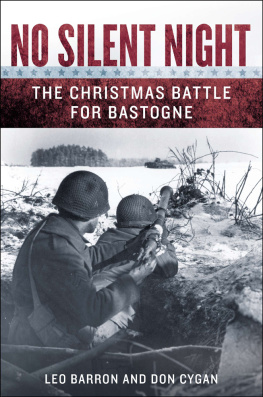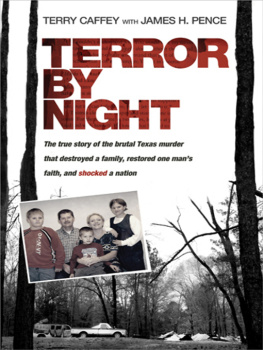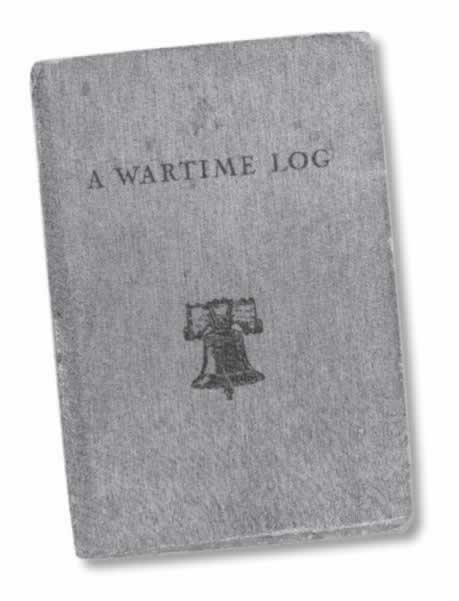Photographs courtesy of the Terry family.
Additional art by Tom Schmerler on pages 91 and 114.
Text 2017 GNL Enterprises, LP
Journal text and illustrations 2017 Wendell B. Terry
All rights reserved. No part of this book may be reproduced in any form or by any means without permission in writing from the publisher, Deseret Book Company, at permissions@deseretbook.com or P. O. Box 30178, Salt Lake City, Utah 84130. This work is not an official publication of The Church of Jesus Christ of Latter-day Saints. The views expressed herein are the responsibility of the author and do not necessarily represent the position of the Church or of Deseret Book Company.
Deseret Book is a registered trademark of Deseret Book Company.
Visit us at DeseretBook.com
Library of Congress Cataloging-in-Publication Data
Names: Lund, Gerald N., author.
Title: Lieutenant Terrys Christmas fudge / Gerald N. Lund.
Description: Salt Lake City, Utah : Deseret Book, [2017] | Includes bibliographical references.
Identifiers: LCCN 2017021770 | ISBN 9781629723679 (hardbound : alk. paper)
Subjects: LCSH: Terry, Wendell Bradford, 19231987. | World War, 19391945Prisoners and prisons, GermanBiography. | Prisoners of warUnited StatesBiography. | Prisoners of warGermanyBiography. | United States. Air Force. Air Force, 8thBiography. | Bomber pilotsUnited StatesBiography. | MormonsBiography. | LCGFT: Biographies.
Classification: LCC D805.G3 L846 2017 | DDC 940.54/7243092 [B]dc23
LC record available at https://lccn.loc.gov/2017021770
Printed in the United States of America
Publishers Printing, Salt Lake City, UT
10 9 8 7 6 5 4 3 2 1
To the men and women of our time who, like
Lieutenant Wendell B. Terry, have willingly left the safety and comfort of their families and their homes to defend our freedoms and our way of life, some to never return. May they somehow know of our gratitude and our deep respect for what they are and what they have done for us.
Gerald N. Lund
To my father and mother:
Thank you for your example, your love,
and your selfless dedication to our family.
Miracles continue.
Your legacy will live on forever.
Marcia Terry Plothow

Preface
Lieutenant Terrys Christmas Fudge is the incredible true story of one mans brush with death, his capture, and his long incarceration in a prisoner-of-war camp in Germany during the last months of World War II.
It is a highly personal account, heavily drawn from his own words.
It is a story of remarkable faith in the face of extreme hardship and danger.
It is a story of miraculous intervention from a Power greater than ourselves.
It is the story of a young couple separated by war but united by eternal covenants of love.
It is the story of how one mans heart was deeply touched by thoughts of his Savior.
It is the story of how one selfless act brought the Christmas spirit into the hearts of men who had lost their hope and joy.

Sometime in the early summer of 2015, a friend and neighbor asked me if I would consider meeting with her aunt, who had a story she wanted to share with me. My neighbor felt it was a story I might be interested in writing because she knew of my interest in World War II. A short time later I was introduced to Marcia Terry Plothow and her husband, Richard. The story Marcia shared that day was the story of her father, Wendell Bradford Terry. He was a bomber pilot in World War II who was shot down over France and captured by the Germans. Along with tens of thousands of other Americans, he was interned in a German POW camp for the rest of the war.
As Marcia showed me the journal her father had kept during his imprisonment and gave me other details of his life, I was intrigued. This was a story of a man who went through a horrendous experience while maintaining deep faith and a continued commitment to the values that made him who he was. And it really intrigued me that his story was filled with one quiet miracle after another. But the thing that finally convinced me that his was a story I wanted to tell was the account of what happened in a German POW camp on Christmas Day, 1944. And, believe it or not, it had to do with the simple act of making fudge.
I told Marcia that I would see if Deseret Book had an interest in her fathers story. They were more than interested.
Marcia had begun her introduction to her fathers story with this comment: This story means a great deal to our family. It has been an inspiration to all of us. I would love to have my fathers story shared more widely so others can be inspired too. Deseret Book and I totally agreed and this book is the result.

I used five major sources in writing this book:
Historical sources. This story is not a history of World War II, but I decided that a few details of Americas involvement in the air war in Europe and some basic information that provides context for this story might be helpful to the readers. These are minimal.
Family histories. With the encouragement of their posterity, Wendell B. Terry and Beverly Ann Dodge Terry wrote or dictated various accounts of Wendells childhood, how he and Bev first met, their courtship and eventual marriage, and the impact of the outbreak of World War II on their lives. These, and various personal documents and photos in the possession of Marcia Plothow, provided the basis for the introductory chapters in this book.
Oral histories. Due to the remarkable experiences he had during the war, Wendell Terry was often asked later in his life to share his story with various school, community, and church groups. Three of these talks were recorded and transcribed. They are valuable first-person accounts of his experience and provided many of his own words for me to use in telling his story.
Journal kept by Wendell B. Terry during his time as a prisoner of war.
Journal account. At some point after being captured by the Germans, Wendell received what was called A Wartime Log in a Red Cross package. This was a journal-like book with blank pages given to prisoners of war by the Young Mens Christian Association. The YMCA provided thousands of these journals with the hope that the men would use them to record their prisoner-of-war experiences for future generations. Wendell did that, but his is not a journal in the sense that it is a daily diary. It is more of a collection of things, including sketches by him and other prisoners, poems he wrote, and observations on Kriegie life in Stalag Luft I back in 1944 and 1945. It is an amazing and wonderful collection, and many of the illustrations in this book come from this Wartime Log.
However, one thing in Wendells log was unique: three pages written in his own hand that contain a day-by-day account of his first days after being captured by the Germans and his attempts to escape. Many of the fascinating details provided in this account have been incorporated into the narrative here.




